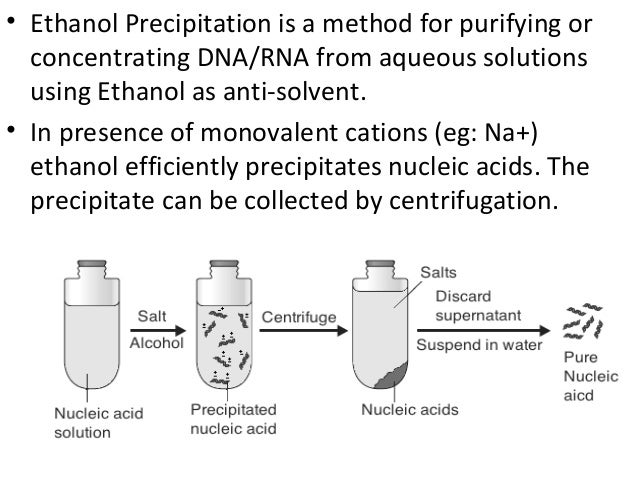role of ethanol in rna isolation Ethanol effects on rna expression levels via rna sequencing analysis. a
Hi there! Today, let’s dive into the fascinating world of nucleic acid extraction methods. In this post, we’ll explore two common techniques for isolating RNA and DNA: TRIzol® RNA extraction and DNA precipitation. So, grab a cup of coffee and get ready to unravel the secrets of these crucial scientific procedures.
Schematic showing the standard TRIzol® RNA extraction procedures:
 Let’s start with TRIzol® RNA extraction, a widely used method in molecular biology research. This technique allows scientists to isolate RNA from a wide range of biological samples.
Let’s start with TRIzol® RNA extraction, a widely used method in molecular biology research. This technique allows scientists to isolate RNA from a wide range of biological samples.
The process begins by homogenizing the sample, breaking down the cellular membranes and releasing the RNA. TRIzol®, a monophasic solution of phenol and guanidine isothiocyanate, is then added. This solution quickly denatures proteins and protects RNA from degradation.
After adding chloroform, the sample is centrifuged, separating it into distinct phases. The aqueous phase contains RNA, while the interphase and organic phase contain DNA and proteins, respectively. The RNA in the aqueous phase can be further purified using isopropanol precipitation and ethanol washes.
DNA Precipitation Methods & Principle:
 Now, let’s shift our focus to DNA precipitation methods, which enable the isolation and purification of DNA from biological samples. This technique is particularly important in genetic research and diagnostic applications.
Now, let’s shift our focus to DNA precipitation methods, which enable the isolation and purification of DNA from biological samples. This technique is particularly important in genetic research and diagnostic applications.
In DNA precipitation, various reagents are used to selectively precipitate DNA while leaving other cellular components behind. The most commonly used method involves adding ethanol or isopropanol to the sample, allowing DNA to aggregate into a visible pellet. The DNA pellet is then washed with ethanol to remove residual contaminants and solvents.
This simple yet effective technique relies on the principle that DNA, as a large and negatively charged molecule, can be precipitated out of the solution using alcohol-induced dehydration. This process is highly efficient and can yield high-quality DNA suitable for a wide range of downstream applications, such as PCR (polymerase chain reaction) and DNA sequencing.
In conclusion, both TRIzol® RNA extraction and DNA precipitation methods are fundamental in molecular biology, allowing researchers to isolate and study nucleic acids. These techniques have revolutionized our understanding of genetics, disease mechanisms, and the development of therapeutics. Understanding the principles behind these procedures is crucial for any scientist working in the field of molecular biology.
We hope you found this overview of TRIzol® RNA extraction and DNA precipitation methods enlightening. Stay tuned for more exciting discoveries and scientific insights!
If you are searching about Ethanol effects on RNA expression levels via RNA sequencing analysis. a you’ve visit to the right page. We have 5 Pics about Ethanol effects on RNA expression levels via RNA sequencing analysis. a like RNA Extraction Without A Kit, Schematic showing the standard TRIzol ® RNA extraction procedures shown and also Lysis Buffer Recipe For Dna Extraction | Dandk Organizer. Here it is:
Ethanol Effects On RNA Expression Levels Via RNA Sequencing Analysis. A
 www.researchgate.netrna expression ethanol sequencing analysis pipeline
www.researchgate.netrna expression ethanol sequencing analysis pipeline
Lysis Buffer Recipe For Dna Extraction | Dandk Organizer
dandkmotorsports.comdna extraction lysis buffer carried quora source recipe extract cell membrane
DNA Precipitation Methods & Principle
 www.slideshare.netdna precipitation ethanol principle rna slidesharedocs
www.slideshare.netdna precipitation ethanol principle rna slidesharedocs
RNA Extraction Without A Kit
 blog.addgene.orgrna extraction kit steps without separation phase precipitation lysis resuspension homogenization outline different figure
Schematic Showing The Standard TRIzol ® RNA Extraction Procedures Shown
 www.researchgate.netrna trizol extraction schematic
www.researchgate.netrna trizol extraction schematic
Rna expression ethanol sequencing analysis pipeline. Schematic showing the standard trizol ® rna extraction procedures shown. Dna extraction lysis buffer carried quora source recipe extract cell membrane